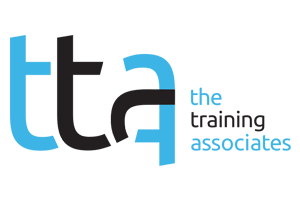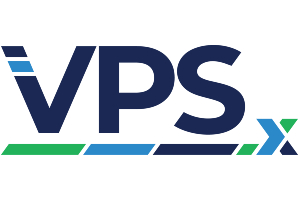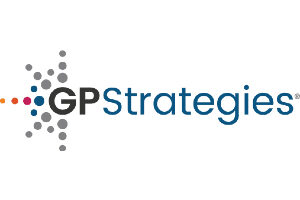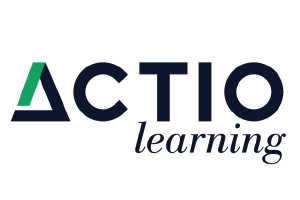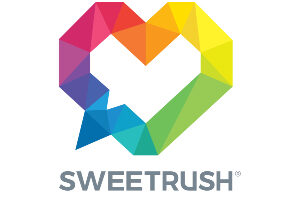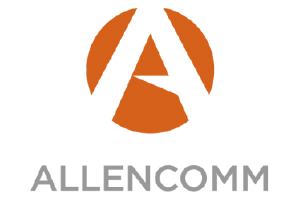Today’s workforce is defined by change — technological advancements, global instability and evolving workplace policies are fundamentally transforming the way we work. A culture of continuous learning can help organizations and employees keep up with these changes. A recent edX survey found that 84% of employees want their employers to provide training to help them stay ahead of evolving skill demands.
It’s a win-win — employees who feel supported in their professional development tend to be more engaged, motivated and productive at work. By embracing continuous learning as a business strategy, organizations are better positioned to achieve their strategic goals and maintain a competitive edge.
But how do you effectively cultivate a learning culture? Here’s a three-pillar framework to promote learning and development (L&D) at the individual, team and organizational levels.
Individuals: Empowering Employees to Take Ownership of Their Development
If employees aren’t continuously learning, the entire organization stagnates. That’s why promoting self-directed learning is vital. While aligning with organizational goals and curated content from L&D, individuals should have the flexibility to choose what to learn and how to learn it through self-directed, non-linear, adaptable learning methods. This empowers employees to take ownership of their development journeys based on their own goals and learning preferences. It is equally important to nurture a growth mindset, where employees see setbacks as opportunities for growth and resilience-building. When employees internalize this approach, they embrace continuous learning as an opportunity rather than an obstacle.
Teams: Fostering a Learning Environment Through Managers
Managers are the architects of continuous learning within their teams. They establish the foundational culture and create environments conducive to ongoing professional development. Moreover, managers have a significant influence over their teams’ mindsets, so demonstrating that learning is a priority can help adjust the team’s overall mentality and further develop a learning culture. The single biggest factor impacting whether a team has a growth or fixed mindset is the leader’s attitude.
Managers can better understand individual goals and align them with team and organizational objectives by using performance management techniques such as skills mapping. Effective managers will take this a step further to help discover their employees’ strengths, identify opportunities for growth and chart personalized learning paths to meet present and future needs and goals.
However, facilitating continuous team learning has to extend beyond weekly one-on-one meetings. Managers should create dedicated “learning moments” in their teams’ schedules, setting aside portions of the day for enhancing skills. This practice not only sharpens individual competencies but strengthens the entire team. When learning has already been incorporated into their day-to-day activities, teams cultivate the versatility needed to tackle new challenges head-on.
Organizations: Embedding Learning Into Business Strategies
According to SHRM, 76% of employees are more likely to stay with a company that invests in their professional development, demonstrating a direct link between continuous learning and employee retention. But these initiatives have to be strategically designed to drive business impact. It’s critical to closely align learning programs with overarching business objectives — that alignment ensures an organization’s efforts translate into meaningful performance improvements.
Additionally, organizations should establish quantifiable metrics, like employee net promoter scores, retention rates or satisfaction index scores, to gauge the impact of a learning initiative. They can also identify engagement survey questions influenced explicitly by learning content and monitor those regularly to measure impact. Start by identifying the intended outcome and what managers and employees should do differently to achieve that outcome, and then decide what the organization should measure to determine if the learning initiative was successful.
Encouraging collaborative learning communities or open forums for employees to share their knowledge also contributes to organizational learning by identifying skill gaps and areas deserving of formal training. Often, these groups develop organically among employees, providing a venue for peer-to-peer learning and informal interaction around common subject matter.
It’s clear organizations shouldn’t just prepare for the future of work — they should shape it to their benefit. Developing a culture of continuous learning will help set the framework for long-term success. By implementing this three-pillar model across the individual, team and organizational levels, organizations can equip their workforces with the skills necessary to adapt to and embrace any change the future holds.

